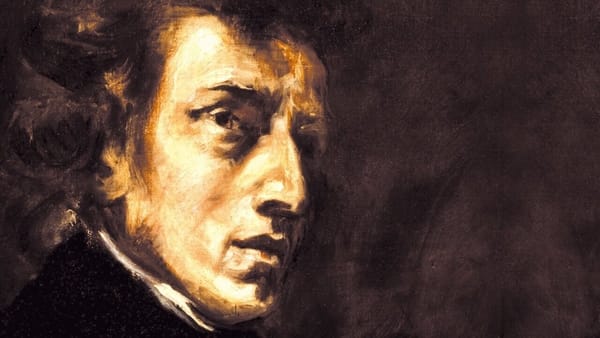Bowing Brilliance: A Violinist’s Guide to Mastering Musical Expression

The violin, with its soul-stirring melodies and captivating sound, has enthralled music enthusiasts for centuries. Behind this beautiful instrument lies an essential element that breathes life into its music – the violin bow. The bow, a simple yet intricate creation, is the key to producing the enchanting tones that resonate from the violin’s strings. In this beginner’s guide, we will explore the art of bowing on the violin, understanding its significance and the techniques that lie at the heart of a violinist’s mastery.
The Importance of Bowing Technique
Bowing technique is to the violin what brush strokes are to a painter. It is the primary means by which a violinist communicates emotion, dynamics, and style. The bowing technique not only influences the volume and quality of sound but also shapes the character of the music being played. From the smooth legato that evokes a seamless, singing line to the lively spiccato that brings forth excitement and brilliance, each bowing technique has its unique role in shaping the musical expression.
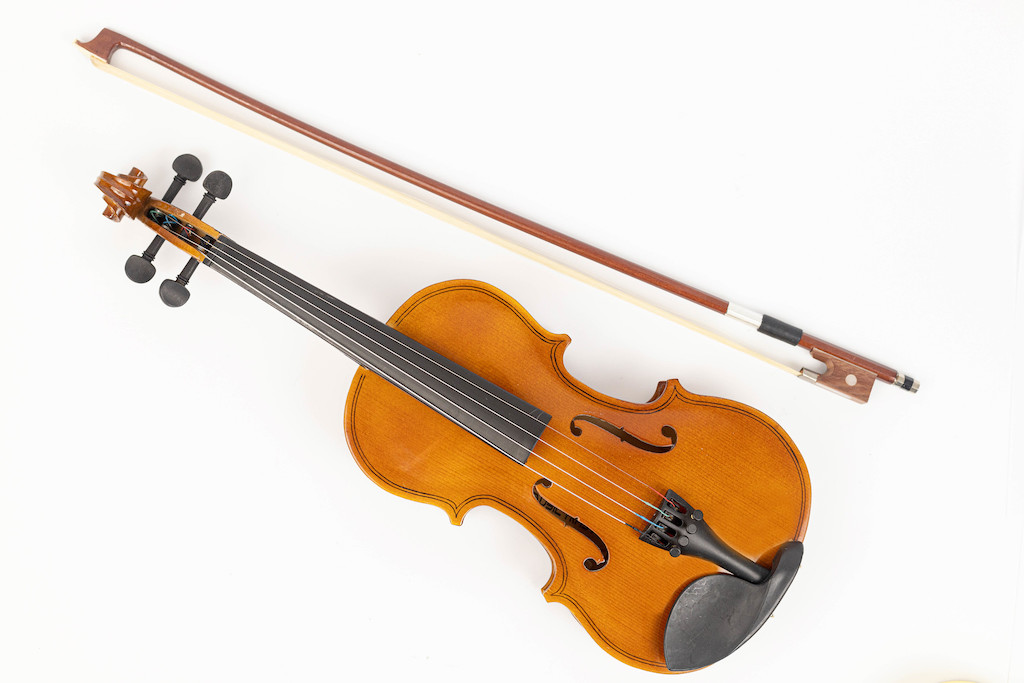
As a beginner, you might find the bowing technique a bit daunting, but with dedication and proper guidance, you will discover its enchanting power to convey your feelings and thoughts through the violin’s ethereal voice.
Enhancing Musical Expression
While mastering the technical aspects of bowing is important, it is equally essential to understand how each technique contributes to musical expression. The bow becomes an extension of the violinist’s emotions, allowing them to paint vivid musical landscapes. A skillful violinist uses the bowing technique to tell stories, to evoke deep emotions, and to captivate audiences with their musical narratives.
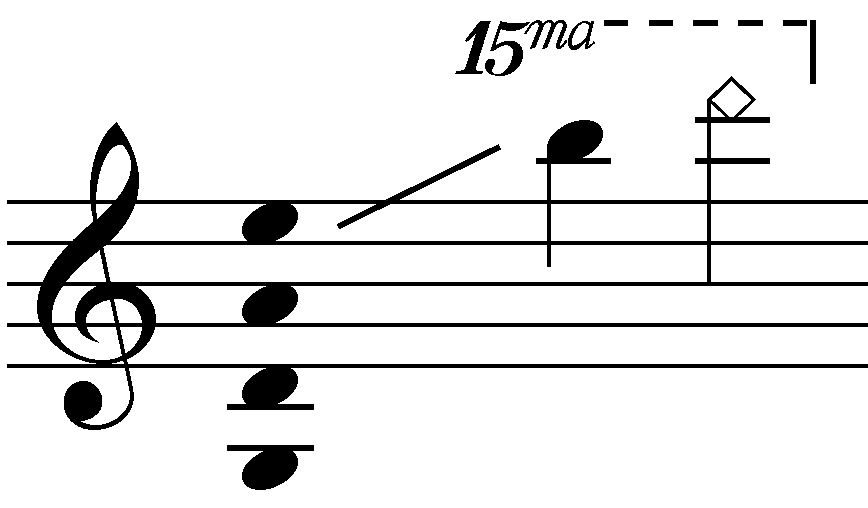
Whether you dream of playing hauntingly beautiful classical melodies, lively folk tunes, or even exploring contemporary music genres, the mastery of bowing techniques will become the cornerstone of your violin journey.
Understanding the Violin Bow
The violin bow, a seemingly simple wooden stick with horsehair stretched across it, holds immense significance in the world of music. Its role in producing the violin’s soulful sounds cannot be overstated. Before we delve into the intricacies of bowing techniques, let’s take a closer look at the components and construction of the violin bow.
Anatomy of the Violin Bow
The Stick: The main body of the bow is known as the stick. It is usually made of Pernambuco wood or other high-quality materials like carbon fiber. The stick’s flexibility and balance are vital factors that affect the bow’s playability and sound production.
The Frog: The frog is the part of the bow located at the bottom end, opposite to the tip. It houses the tightening screw, which allows the bow hair’s tension to be adjusted. The player holds the bow by placing their thumb on the frog’s underside and their fingers around the stick.
The Hair: The horsehair, traditionally used on violin bows, is stretched from the frog to the tip and forms the playing surface of the bow. Horsehair’s natural texture provides the grip needed to vibrate the strings and create sound.
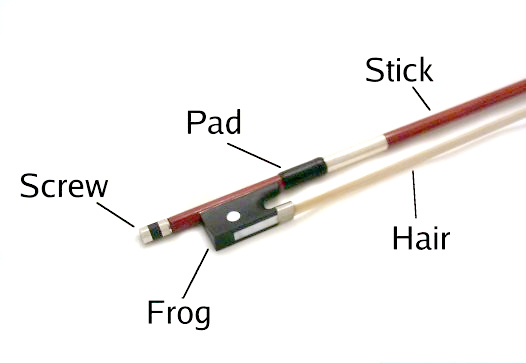
The Role of Horsehair
The bow hair’s unique properties play a critical role in producing sound on the violin. The friction between the bow hair and the violin strings is what causes them to vibrate and produce sound waves. As the bow is drawn across the strings, the hairs grip the string and then release it, creating a cyclical vibration that generates sound.
Horsehair comes from the tail of a horse and is carefully selected and prepared for use on violin bows. It is typically coated with rosin, a sticky resin derived from trees, to increase the grip and friction between the hair and the strings.
Materials and Bow Making
Traditionally, the finest violin bows have been made from Pernambuco wood, found in Brazil. The unique properties of Pernambuco wood – its density, elasticity, and resonant qualities – contribute to the bow’s playability and tonal characteristics.
However, due to the scarcity of Pernambuco and concerns about sustainability, modern violin bows are now crafted from various materials, including carbon fiber, fiberglass, and other synthetic composites. These alternative materials offer a wide range of characteristics, making them popular choices for both beginners and professionals alike.
Selecting the right bow material and quality is essential, as it profoundly impacts the violinist’s comfort, control, and sound production.
Holding the Bow Correctly
A violinist’s journey into the world of bowing begins with learning the proper way to hold the bow. A correct bow grip provides the foundation for mastering various bowing techniques and producing beautiful, expressive sounds on the violin.
The Basic Bow Grip
The Right Hand Position: Start by holding the bow in your right hand. Place your thumb on the underside of the frog, positioned slightly above the winding (the band of metal or leather around the frog). The pad of your thumb should rest comfortably on the frog’s surface.
The Finger Placement: Next, place your fingers on the top of the bow stick. The index finger should rest on the winding, and the middle, ring, and pinky fingers should be curved gently around the stick. The pinky finger should be resting on top of the stick, providing balance and control.
The Bow Balance: Aim for a balanced bow hold, with equal pressure from the thumb and fingers. Avoid squeezing the bow too tightly, as it can hinder flexibility and cause tension in the hand.
Maintaining a Relaxed Bow Hold
Natural Flexibility: Keep your hand and fingers relaxed, allowing for natural flexibility while holding the bow. Tension in the hand can inhibit smooth bowing and impede sound production.
Gentle Curvature: Maintain a gentle curve in your fingers, particularly in the index finger and the thumb. This curvature creates a pivot point for the bow’s movement and allows for dynamic control.
Avoiding Tension: Be mindful of unnecessary tension in your hand and forearm. As you practice bowing, periodically check for signs of tension and release any accumulated stress.
Common Bow Grip Mistakes and How to Correct Them
Death Grip: One common mistake is gripping the bow too tightly, which hinders the bow’s ability to bounce and articulate. To correct this, remind yourself to maintain a relaxed and flexible hold.
Flat Fingers: Allowing your fingers to flatten out instead of maintaining a gentle curve can lead to a lack of control. Focus on maintaining the natural curvature of your fingers.
Thumb Pressure: Excessive pressure from the thumb can cause uneven bowing and difficulties in controlling dynamics. Ensure that the thumb is supportive but not overly tight.
Regular Practice and Patience
Developing a comfortable and correct bow grip takes time and consistent practice. Regularly check your hand position, and practice bowing exercises to strengthen your bowing technique. With patience and dedication, you’ll find that the proper bow grip becomes second nature, enabling you to explore the full range of expression on the violin.
Mastering Fundamental Bowing Techniques
Now that you have a solid grasp of holding the bow correctly, it’s time to explore the fundamental bowing techniques that form the building blocks of violin playing. Each technique brings its unique character and expression to the music, enabling you to convey emotions and create beautiful melodies. Let’s delve into these essential bowing techniques.
Legato Bowing
Description: Legato bowing involves drawing the bow smoothly and continuously across the strings. It creates a seamless, connected sound with no breaks between the notes.
Technique: Start at the frog and, with gentle, fluid motion, pull the bow across the strings to the tip. Maintain consistent pressure and speed throughout the stroke.
Practice Tip: Practice legato bowing using long, sustained notes and simple scales. Focus on maintaining an even tone and minimizing any breaks in sound.
Staccato Bowing
Description: Staccato bowing produces short, detached notes, creating a crisp and punctuated effect.
Technique: Use controlled, quick bow strokes while lifting the bow off the strings after each note. The bow should lightly bounce on the strings.
Practice Tip: Practice staccato bowing on scales and simple tunes. Aim for clear separation between each note while maintaining a consistent tempo.
Spiccato Bowing
Description: Spiccato is a controlled bouncing bow stroke that produces a lively, energetic sound.
Technique: Allow the bow to naturally bounce on the strings while maintaining a relaxed bow grip. The motion is generated from the wrist and forearm.
Practice Tip: Start with gentle bounces and gradually increase the height and speed of the bow. Practice spiccato on open strings and simple passages.
Martelé Bowing
Description: Martelé is characterized by an accented, hammered stroke at the beginning of each note.
Technique: Begin with a firm and deliberate press on the string, followed by a smooth and sustained bow stroke.
Practice Tip: Focus on creating a clear and strong accent at the start of each note. Practice martelé on scales and short musical phrases.
Remember that mastering these bowing techniques takes time and patience. Work on each technique individually, paying attention to your hand position, bow grip, and overall control. Gradually incorporate these techniques into your practice routine and pieces of music, allowing yourself to experiment with different bowing styles to enhance your musical expression.
Exploring Advanced Bowing Techniques
Congratulations on mastering the fundamental bowing techniques! As you continue to develop your violin skills, it’s time to explore the world of advanced bowing techniques. These techniques offer a broader palette of expressive possibilities, allowing you to add depth and nuance to your performances. Let’s dive into the intricacies of some advanced bowing techniques.
Col legno Bowing
Description: Col legno, meaning “with the wood” in Italian, involves using the wooden side of the bow to produce a unique percussive effect.
Technique: Turn the bow upside down, so the wooden side with the hair facing the strings. Lightly tap or draw the wooden side across the strings.
Practice Tip: Begin with slow and controlled movements to familiarize yourself with the sound. Experiment with different bow angles and pressures to vary the effect.
Sul Tasto Bowing
Description: Sul tasto, or “on the fingerboard,” involves bowing near the fingerboard to create a soft, ethereal sound.
Technique: Gently draw the bow near the fingerboard, avoiding pressing too hard on the strings. This technique works best on the higher pitches of the violin.
Practice Tip: Focus on achieving a smooth and delicate sound. Experiment with different bowing speeds and pressures to find the sweet spot for this technique.
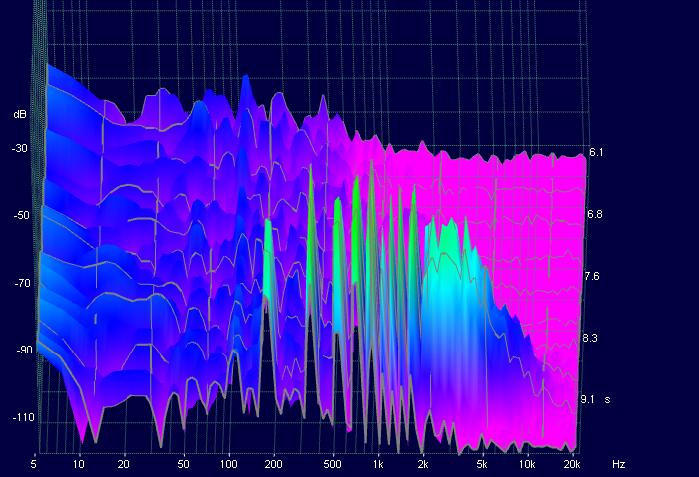
Sul Ponticello Bowing
Description: Sul ponticello, meaning “on the bridge,” creates a glassy, metallic sound by bowing close to the bridge.
Technique: Draw the bow as close to the bridge as possible without touching it. This technique works best on the lower pitches of the violin.
Practice Tip: Experiment with bowing speed, pressure, and proximity to the bridge to discover the different tonal colours this technique can produce.
Tremolo Bowing
Description: Tremolo involves rapid back-and-forth bowing on one or more strings to create a trembling or shivering effect.
Technique: Using small and quick bow strokes, alternate the bow direction rapidly on the string(s).
Practice Tip: Start with slow and controlled tremolo, gradually increasing speed and maintaining an even and steady tempo.
Ricochet Bowing
Description: Ricochet is a technique where the bow bounces repeatedly on the string, producing a rapid succession of short, accented notes.
Technique: With a controlled wrist motion, lift the bow off the string and let it bounce naturally, producing multiple notes in quick succession.
Practice Tip: Practice ricochet with small, controlled bounces at first and gradually increase the height and speed of the bounce.
These advanced bowing techniques offer a new dimension to your violin playing, allowing you to experiment and express a wide range of emotions. As you integrate these techniques into your repertoire, explore how they enhance various musical styles and passages. The mastery of these techniques comes with practice and patience, so keep experimenting and refining your skills to unleash the full potential of your violin playing.
Bowing and Musical Expression
As you become proficient in various bowing techniques, you’ll discover that bowing is not just a mechanical aspect of violin playing; it is an art that breathes life into music. Each bowing technique offers a unique voice that allows you to convey different emotions, textures, and moods in your performance.
Shaping Phrases and Dynamics
Legato and Expressive Melodies: Legato bowing is often associated with smooth, singing melodies. Utilize this technique to create long, flowing lines that tug at the heartstrings, especially in expressive pieces and lyrical passages.
Staccato and Articulation: Staccato bowing brings out clarity and articulation in music. Use it to accentuate rhythmic patterns and add playful or lively elements to your performance.
Spiccato and Energy: Spiccato can inject vibrant energy and excitement into your playing. Employ it in brisk or playful sections to lift the music off the page and engage your audience.
Creating Atmosphere and Texture
Col legno and Uniqueness: Col legno bowing creates an otherworldly effect that can be used to represent mysterious or supernatural elements in music.
Sul Tasto and Ethereal Beauty: Sul tasto produces a soft, airy sound that can evoke a sense of ethereal beauty. It works well in dreamy or introspective sections.
Sul Ponticello and Eerie Soundscapes: Sul ponticello can generate eerie and metallic tones. Use it to create haunting soundscapes or evoke a sense of tension and unease.
Emphasizing Emotions
Martelé and Drama: Martelé bowing allows you to add dramatic emphasis and emotional intensity to specific notes or phrases.
Tremolo and Tenderness: Tremolo can create a sense of tenderness and vulnerability, ideal for portraying delicate emotions in the music.
Ricochet and Brilliance: Ricochet lends brilliance and excitement to fast-paced, virtuosic passages, dazzling listeners with its rapid-fire notes.
Artistry and Interpretation
As you develop your bowing technique, remember that musical expression is deeply personal. Allow yourself to interpret the music in your unique way, using bowing techniques to convey your emotions and feelings. Experiment with different bow strokes, dynamics, and phrasing to find what resonates with you and tells the story you wish to share with your audience.
Conclusion
Bowing on the violin is a multifaceted skill that requires both technical precision and artistic interpretation. Throughout this guide, we’ve explored the various aspects of bowing, from holding the bow correctly to mastering fundamental and advanced bowing techniques. As you continue on your violin journey, remember that mastering bowing techniques is a lifelong pursuit.
Embrace the beauty of the violin’s voice, and with each stroke of the bow, immerse yourself in the magic of music. As you refine your bowing technique and musical expression, the violin will become an extension of your soul, enabling you to share your passion and creativity with the world through its enchanting melodies.



